Archives
- 2018-07
- 2018-10
- 2018-11
- 2019-04
- 2019-05
- 2019-06
- 2019-07
- 2019-08
- 2019-09
- 2019-10
- 2019-11
- 2019-12
- 2020-01
- 2020-02
- 2020-03
- 2020-04
- 2020-05
- 2020-06
- 2020-07
- 2020-08
- 2020-09
- 2020-10
- 2020-11
- 2020-12
- 2021-01
- 2021-02
- 2021-03
- 2021-04
- 2021-05
- 2021-06
- 2021-07
- 2021-08
- 2021-09
- 2021-10
- 2021-11
- 2021-12
- 2022-01
- 2022-02
- 2022-03
- 2022-04
- 2022-05
- 2022-06
- 2022-07
- 2022-08
- 2022-09
- 2022-10
- 2022-11
- 2022-12
- 2023-01
- 2023-02
- 2023-03
- 2023-04
- 2023-05
- 2023-06
- 2023-07
- 2023-08
- 2023-09
- 2023-10
- 2023-11
- 2023-12
- 2024-01
- 2024-02
- 2024-03
- 2024-04
- 2024-05
- 2024-06
- 2024-07
- 2024-08
- 2024-09
- 2024-10
- 2024-11
-
CRF binds to CRF and CRF receptor subtypes triggering
2019-11-02
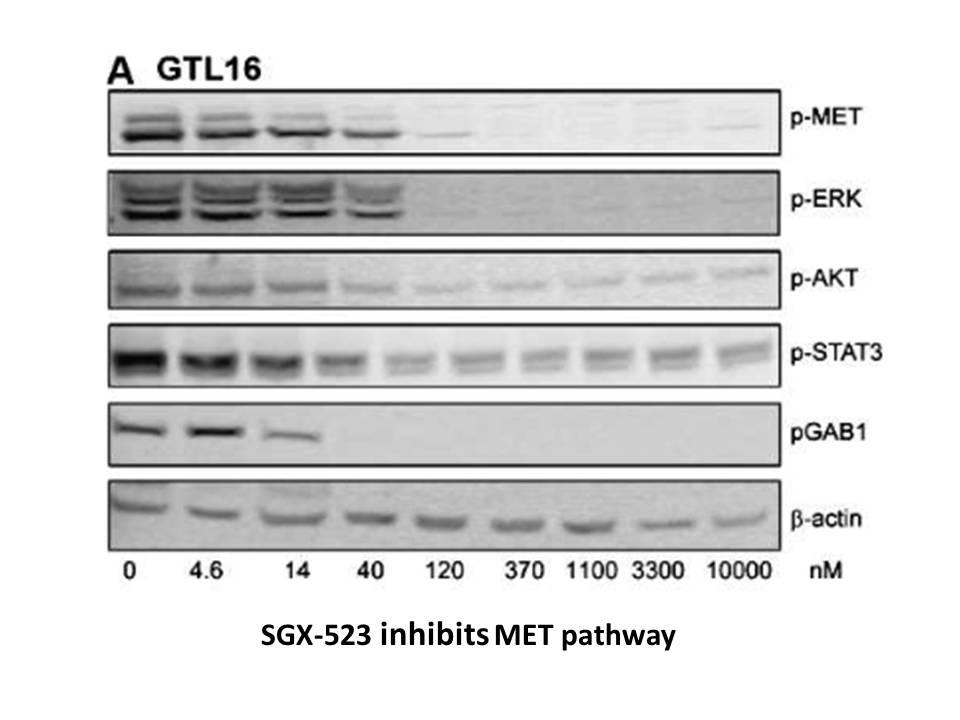
CRF binds to CRF1 and CRF2 receptor subtypes, triggering downstream cascades and leading to stimulatory G protein (GsP) activation. Once activated, GsP undergoes a structural change provoking the separation of the subunits Gα and Gβγ. The Gα subunit induces the production of the second messenger cAM
-
Y-27632 In the intestine absorbed cholesterol
2019-11-02
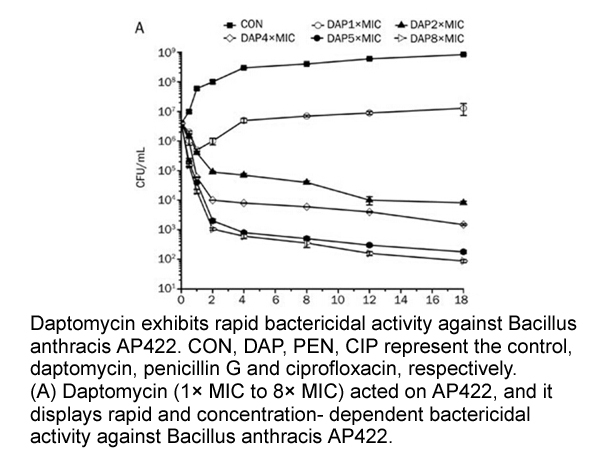
In the intestine, absorbed cholesterol can either be esterified by ACAT2 (Soat2) and packed into chylomicrons, transported back to the intestinal lumen by ABCG5/ABCG8, or it can be transported into HDL by ABCA1. ACAT2 is confined to enterocytes and hepatocytes and esterifies cholesterol for intracel
-
The previously described endogenous patterns
2019-11-02
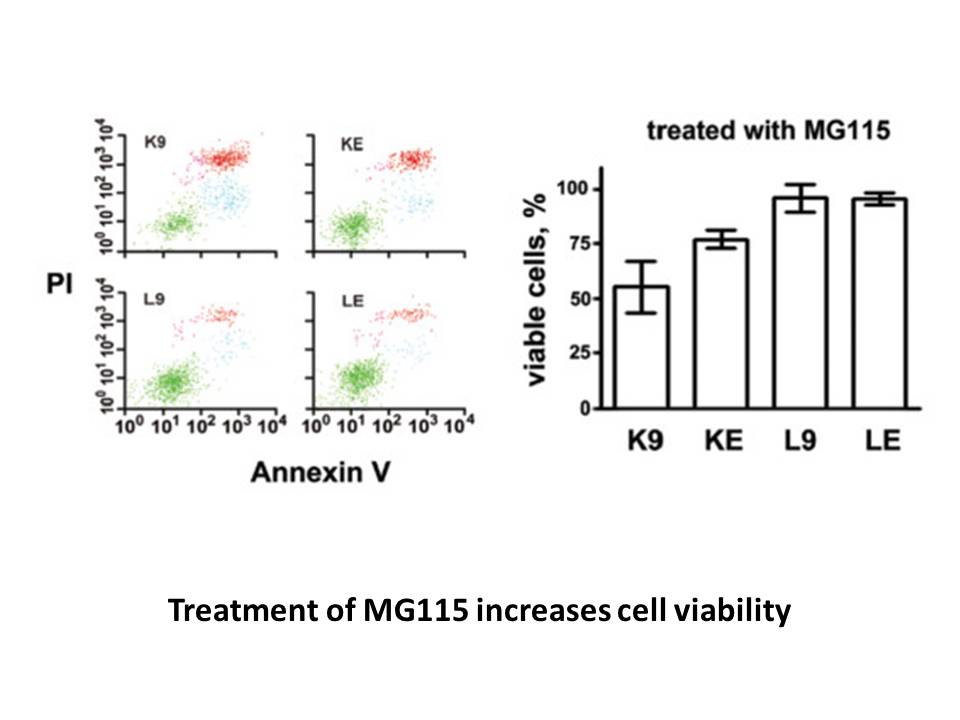
The previously described endogenous patterns of IGF-1-induced kinase signaling, and resulting interaction between MAPK and PI3K, differ across neuronal sub-types. In R28 retinal neuron-like cells, IGF-1 treatment elicits prolonged activation (at least 80 min) of both PI3K and MAPK (Kong et al., 2016
-
Exposure to UV instead of DMBA also
2019-11-02
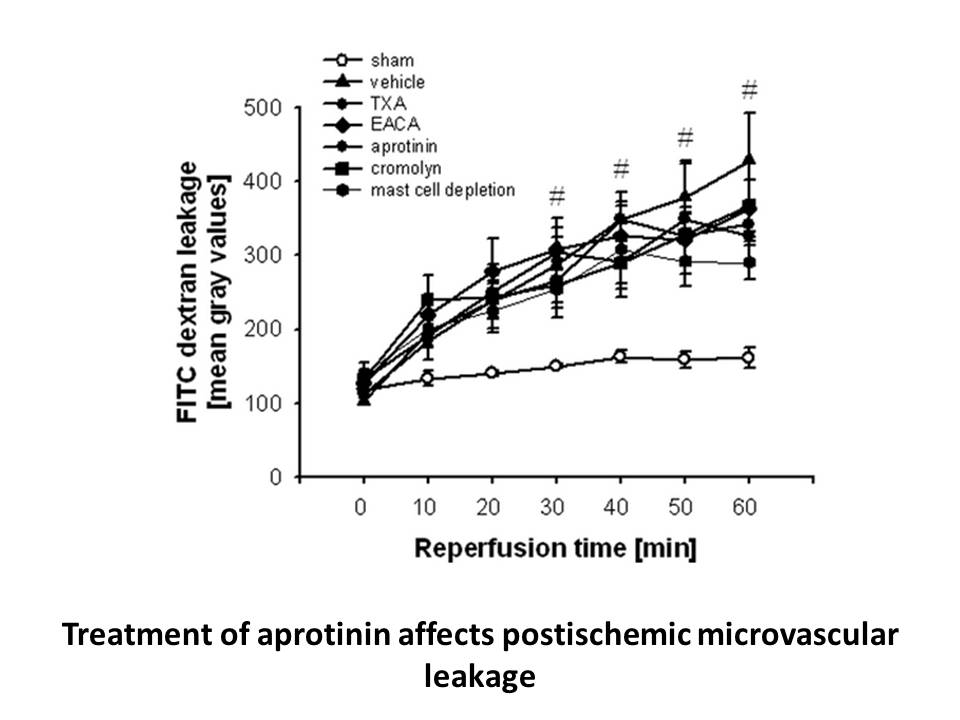
Exposure to UV instead of DMBA also produced a sloughing and angiogenic response in transgenic, but not WT, mice, indicating that the epidermis of the BK5.EP4 mice has a much lower apoptosis threshold than WT mice, as suggested by others (Chun and Langenbach, 2007). Overall, these studies suggest th
-
br Materials and methods br Results discussion br Conclusion
2019-11-01
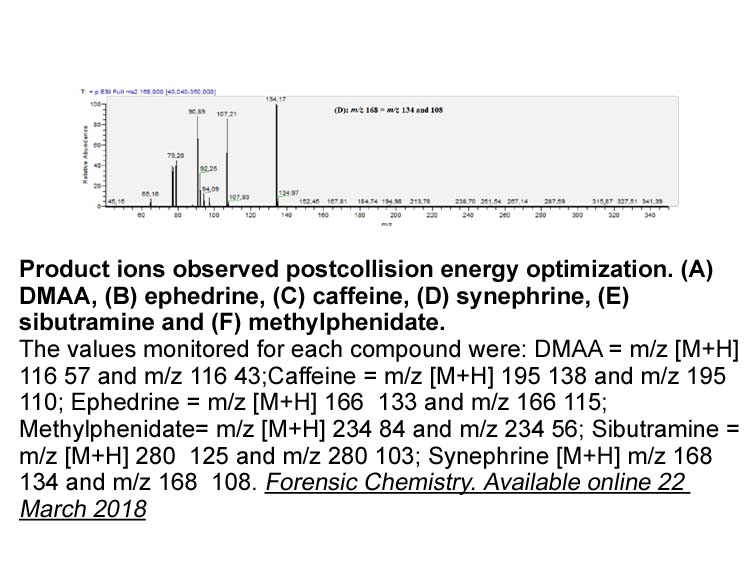
Materials and methods Results + discussion Conclusions We have demonstrated the systematic optimization of the functional folding of a CF synthesized GPCR. The approach addresses central issues relevant for many membrane proteins such as disulfide bridge formation, proper hydrophobic enviro
-
br Ubiquitin Capture by the Mobile APC
2019-11-01
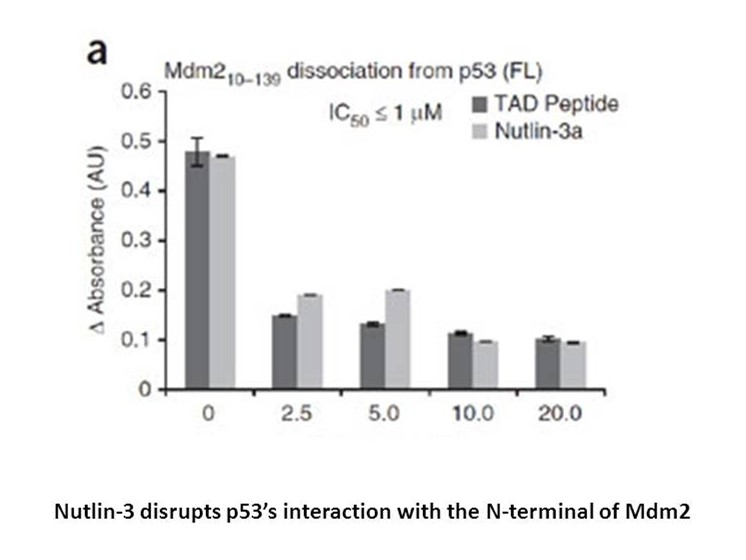
Ubiquitin Capture by the Mobile APC11 RING Domain Contributes to Processive Substrate Ubiquitylation Although the rules of Ub-mediated proteolysis are only beginning to emerge, the rate and order in which different APC/C substrates are degraded during the Milrinone correlates with processivity of
-
Similarly to the chemokine CCL the level of the chemokine
2019-11-01
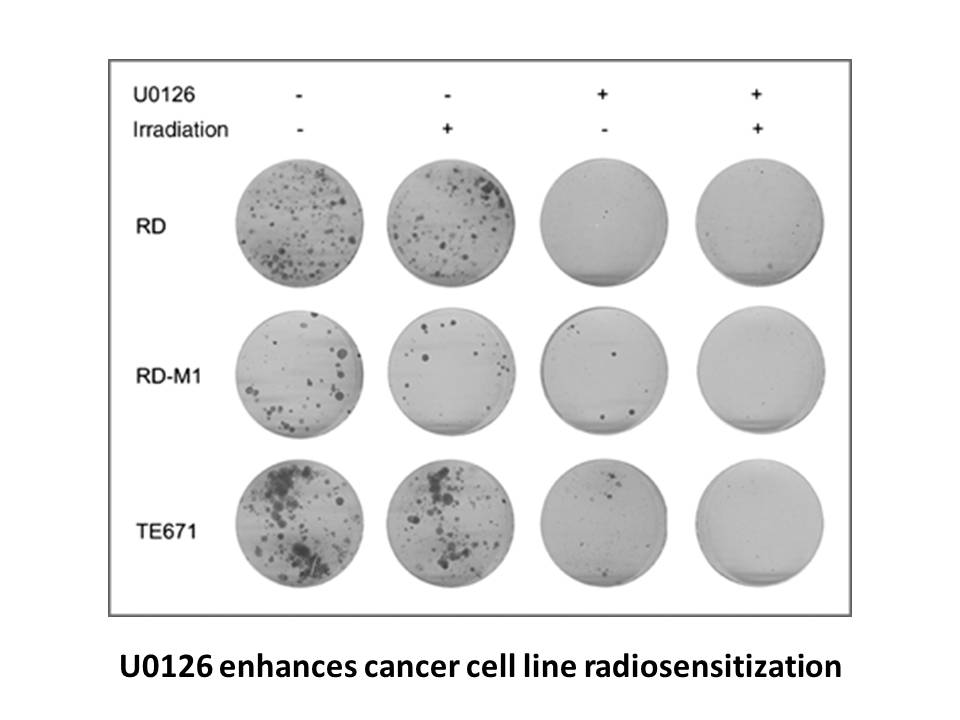
Similarly to the chemokine CCL-5, the level of the chemokine SDF-1 in the groups of individuals with APD did not differ from its level in the control group. However, a slight increase in the level of this chemokine was recorded in the group of women and men with APD and PTSD as compared with the cor
-
br Acknowledgements These studies were supported by a resear
2019-11-01
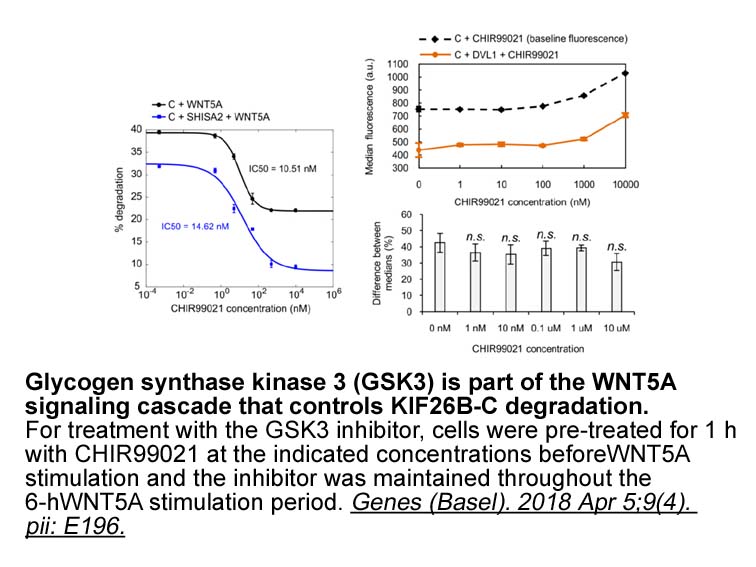
Acknowledgements These studies were supported by a research grant from the NIH (R01 AR065594) to C. Putterman. Introduction Macrophages integrate and adapt to their locally encountered cytokine and chemokine milieu. In tumors characterized by an unresolving inflammation, the tumor cell-killin
-
Alda 1 australia The on target in vitro pharmacology of was
2019-11-01
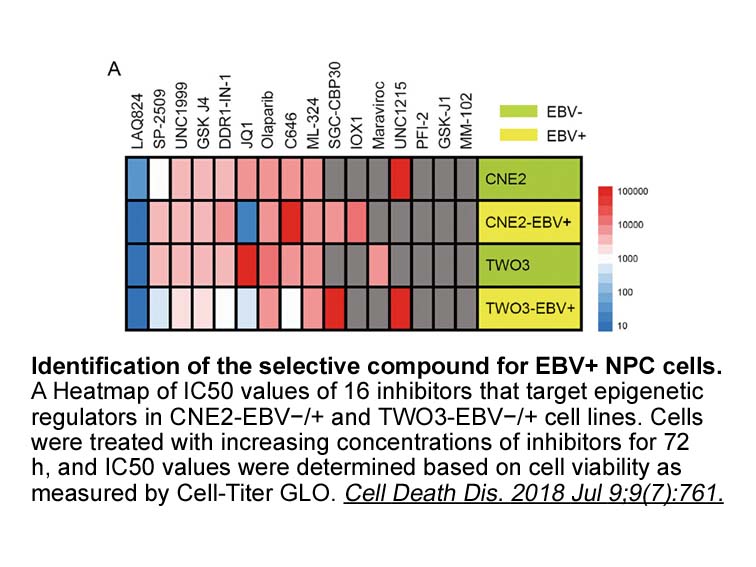
The on target in vitro pharmacology of 18 was then further explored, first in respect of murine CRTh2 receptor activity (Table 5), where similar levels of activity were found in both a binding and functional assay compared with the human orthologue, consistent with our earlier observations in the su
-
Three dimensional conformational changes in the cargo protei
2019-11-01
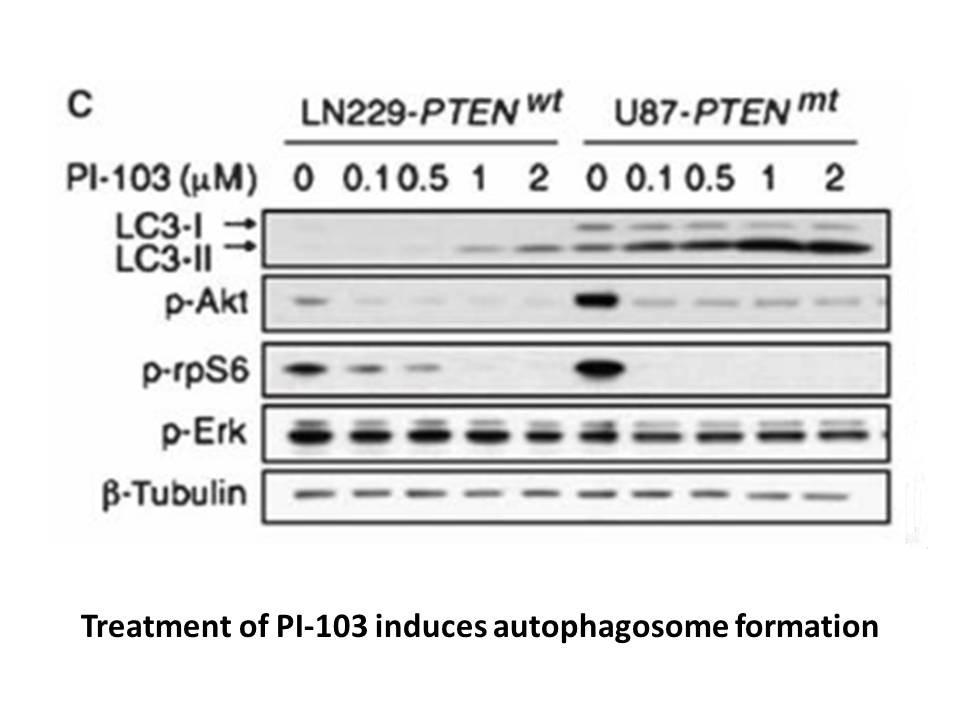
Three-dimensional conformational changes in the cargo protein’s NES, caused by protein phosphorylation, dephosphorylation, or mutation, can regulate CRM1 binding (Craig et al., 2002, Vogt et al., 2005). Additional protein modifications such as sumoylation, ubiquitination, acetylation, and/or the bin
-
The swelling independent activation of chloride channels by
2019-11-01
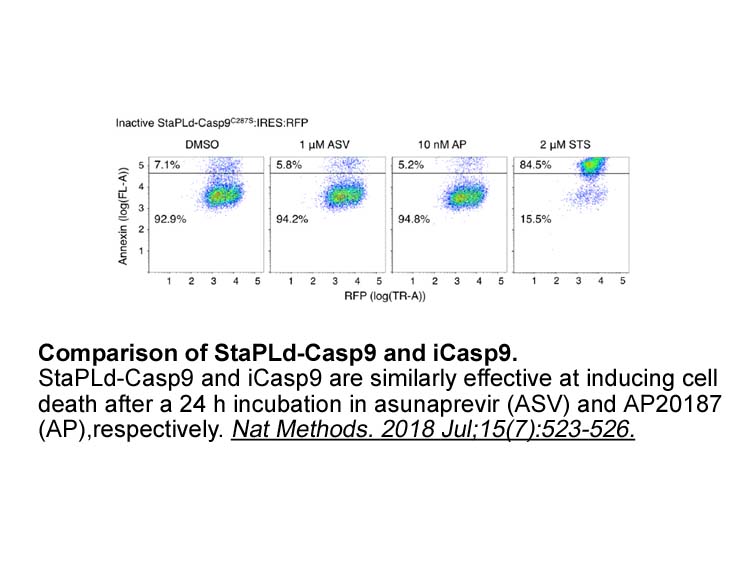
The swelling-independent activation of chloride channels by glycerol is proved by our further experiments. When glycerol concentration in the isoosmotic solution was reduced to the micromolar scale or even lower concentration, a Cl− current was still induced. The AF 12198 were not swollen by these
-
Targeting the MAPK pathway has attracted significant interes
2019-11-01
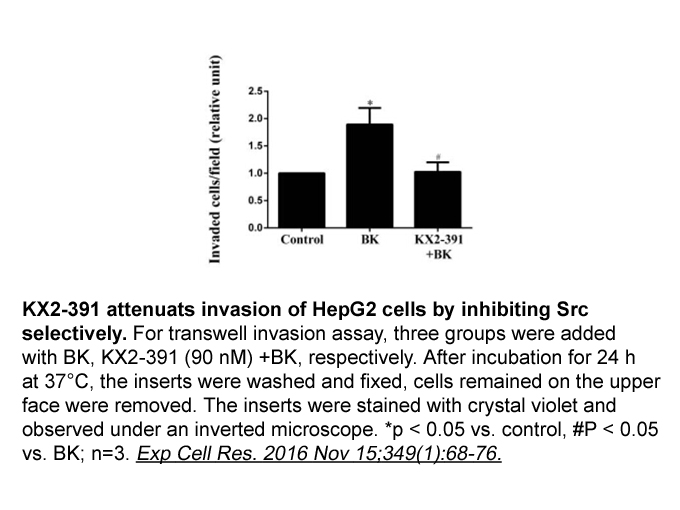
Targeting the MAPK pathway has attracted significant interest in cancer therapy. Efforts directly targeting RAS protein are believed to be very challenging in spite of the promise shown by a few RAS inhibitors in the early development stage. Clinical benefits achieved by BRAF and MEK inhibitors have
-
br Introduction Breast cancer is the most common malignant
2019-11-01
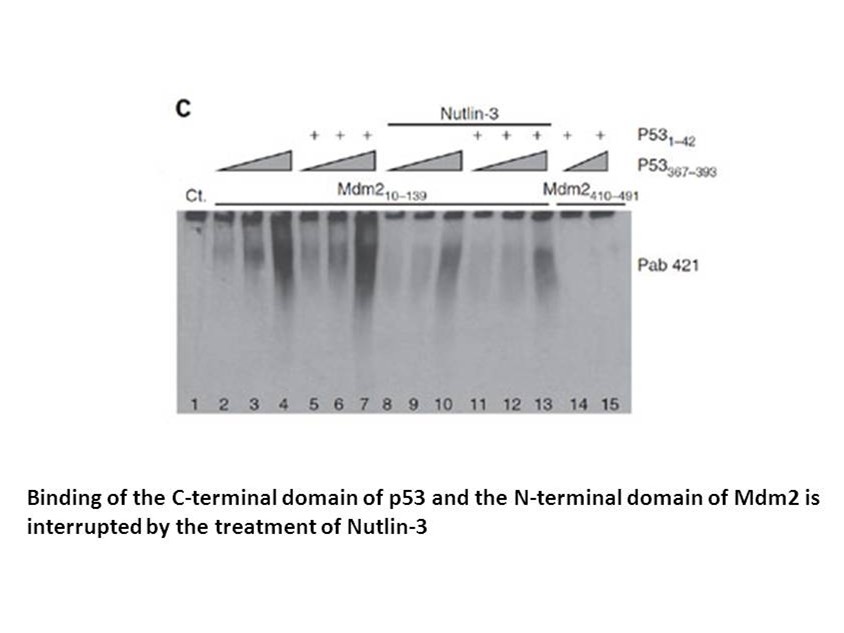
Introduction Breast cancer is the most common malignant tumor in women and the second leading cause of female death [1]. In recent years, with the improvement of early detection and the emergence of new treatment methods, the mortality rate of breast cancer has been greatly reduced. However, the
-
Introduction Neuropathic pain occurs in approximately one th
2019-11-01
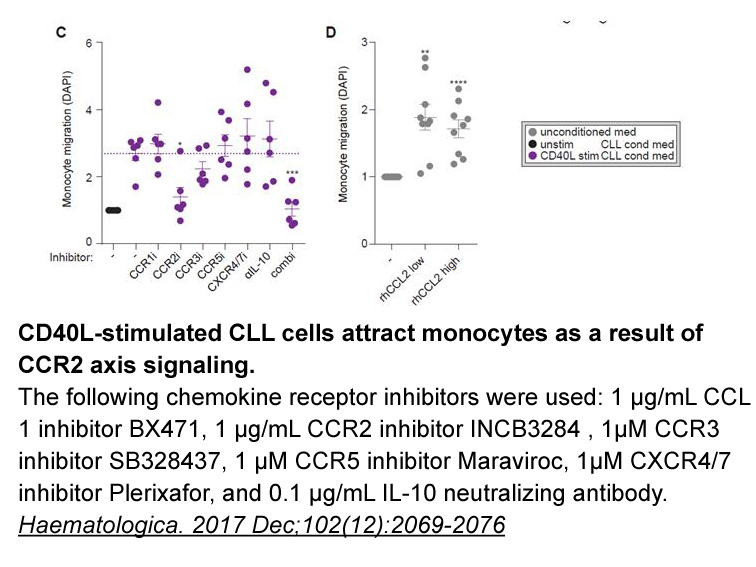
Introduction Neuropathic pain occurs in approximately one-third of patients with diabetes and is refractory to currently available analgesic drugs (Abbott et al., 2011). This painful diabetic neuropathy (PDN) is associated with elevated levels of methylglyoxal (MG; a reactive glucose metabolite) an
-
The majority of serpins inhibit serine proteases but serpins
2019-11-01
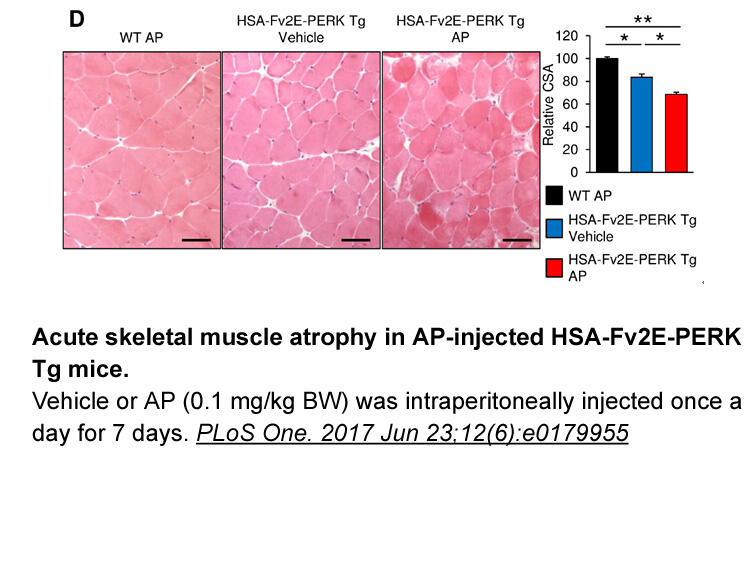
The majority of serpins inhibit serine proteases, but serpins that inhibit caspases or papain-like cysteine proteases have also been identified [4], [5]. Inhibitory serpins are ‘suicide’ or ‘single use’ inhibitors that use a unique conformational change to inhibit proteases. This conformational tran
15693 records 918/1047 page Previous Next First page 上5页 916917918919920 下5页 Last page